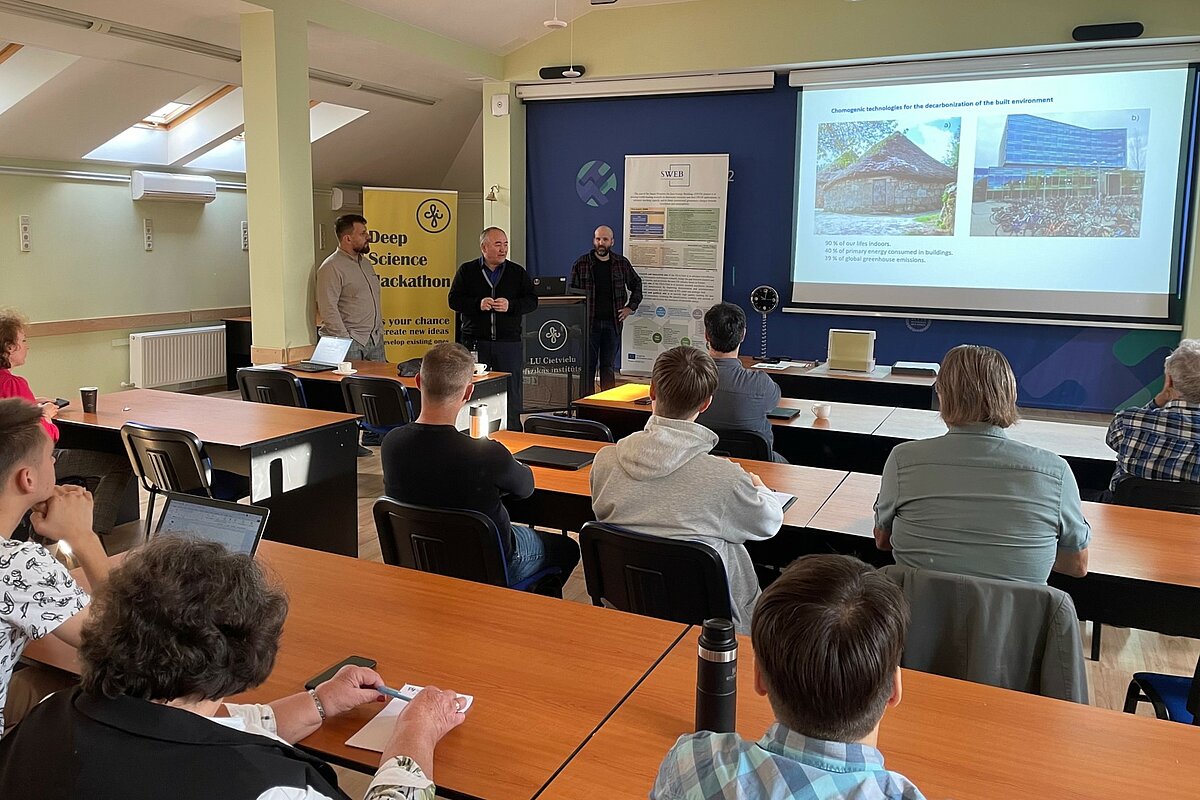
On October 4, as part of its ongoing commitment to enhancing research and development capacities, the Smart Windows for Zero Emission Buildings (SWEB) project recently hosted an enlightening open lecture and workshop titled "Chromogenic Technologies for the Decarbonization of the Built Environment." This engaging event, led by the invited researcher Dr. José Montero Amenedo from Uppsala University, sought to shed light on the European energy efficiency challenge and innovative solutions for addressing it.
Dr. José Montero Amenedo shared his visionary insights into the pressing issue of European energy efficiency. A particular emphasis was placed on solutions anchored in Low-E (Low Emissivity) or Solar Control coatings, which have demonstrated their potential to deliver substantial energy savings. However, these coatings, while effective, remain static and fail to adapt to the ever-changing weather conditions, leaving untapped energy-saving potential.
In this context, the spotlight was directed toward smart (switchable) glazing as a promising alternative. These glazing solutions possess the capability to respond dynamically to varying climatic scenarios, offering the prospect of significantly enhanced energy savings when compared to static glazing. Dr. Amenedo's presentation ignited a lively discussion among scientists, exploring the myriad of possibilities that smart window technologies present, including electrochromic, thermochromic, and photochromic variants. These discussions delved into the underlying physical principles governing the switching mechanisms and weighed the advantages and disadvantages of each technology in practical applications.
The SWEB project team led by the head of ISSP UL Thin Film laboratory Dr.Juris Purans and ERA-Chair Dr. Smagul Karazhanov remain committed to pioneering smart windows solutions and pushing the boundaries of research and development in the field of chromogenic technologies. With events like these, SWEB project drives innovation, foster collaboration, and contribute to a greener and more sustainable future for the built environment.